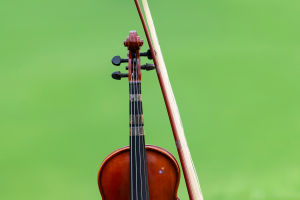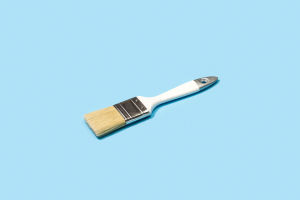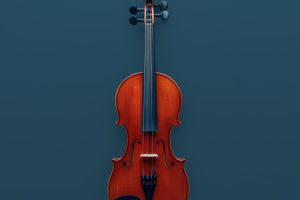Hello Lykkers! Are you ready to explore the enchanting world of the harp with us?
This beautiful instrument has a unique charm and sound that captivates audiences around the globe, making it a delightful addition to any musical ensemble or solo performance.
A Brief History of the Harp
The harp has a rich and fascinating history that dates back thousands of years. Its origins can be traced to ancient Mesopotamia, where early versions of the instrument were made from gut strings and wood. Over the centuries, the harp has evolved in design and construction, leading to the creation of various types, including the orchestral, folk, and pedal harps.
In ancient cultures, harps were often associated with mythology and royalty, symbolizing elegance and sophistication. The instrument became popular in many regions, from the Celtic lands of Ireland and Scotland to the grand courts of Europe. Today, we can find harps in various musical genres, including classical, jazz, and even contemporary pop.
The Structure of the Harp
A typical harp consists of several key components that contribute to its unique sound and playability:
Strings: Harps can have anywhere from 22 to 47 strings, depending on the type. The strings are usually made of nylon, gut, or metal, each producing a different tone quality.
Soundboard: The soundboard is a large wooden panel that amplifies the sound produced by the vibrating strings. Its shape and material significantly influence the instrument's tonal characteristics.
Neck and Column: The neck extends from the soundboard, and the column supports the instrument's structure. The angle of the neck and the height of the column affect the overall sound projection.
Pedals: In pedal harps, a series of pedals allow the player to change the pitch of the strings, enabling them to play in different keys easily. This feature adds versatility and complexity to the instrument's performance.
Learning to Play the Harp
For those of us interested in learning to play the harp, here are some steps to get started:
Choosing the Right Harp: When selecting a harp, consider the type that suits our needs. Beginners may start with a lever harp, which is easier to handle and more affordable.
Taking Lessons: Whether we choose to learn through online tutorials, books, or in-person lessons, finding a qualified teacher can help us develop proper techniques and a solid foundation.
Practice Regularly: Consistent practice is crucial for mastering any instrument. Setting aside time each day to practice can significantly enhance our skills and confidence.
Join a Community: Connecting with other harpists through workshops, online forums, or local music groups can provide support and encouragement as we embark on our musical journey.
The Harp in Modern Music
The harp continues to hold a special place in the modern music scene. Many contemporary artists and composers incorporate the harp into their works, blending its ethereal sound with various genres. From movie soundtracks to classical compositions, the harp adds a layer of richness and beauty that resonates with listeners.
The harp is not just an instrument; it's a gateway to a world of creativity and expression. Whether we are experienced musicians or just starting, the harp offers a unique opportunity to explore sound and artistry. So, let's embrace the magic of the harp and discover the beauty it brings to our lives, Lykkers!


